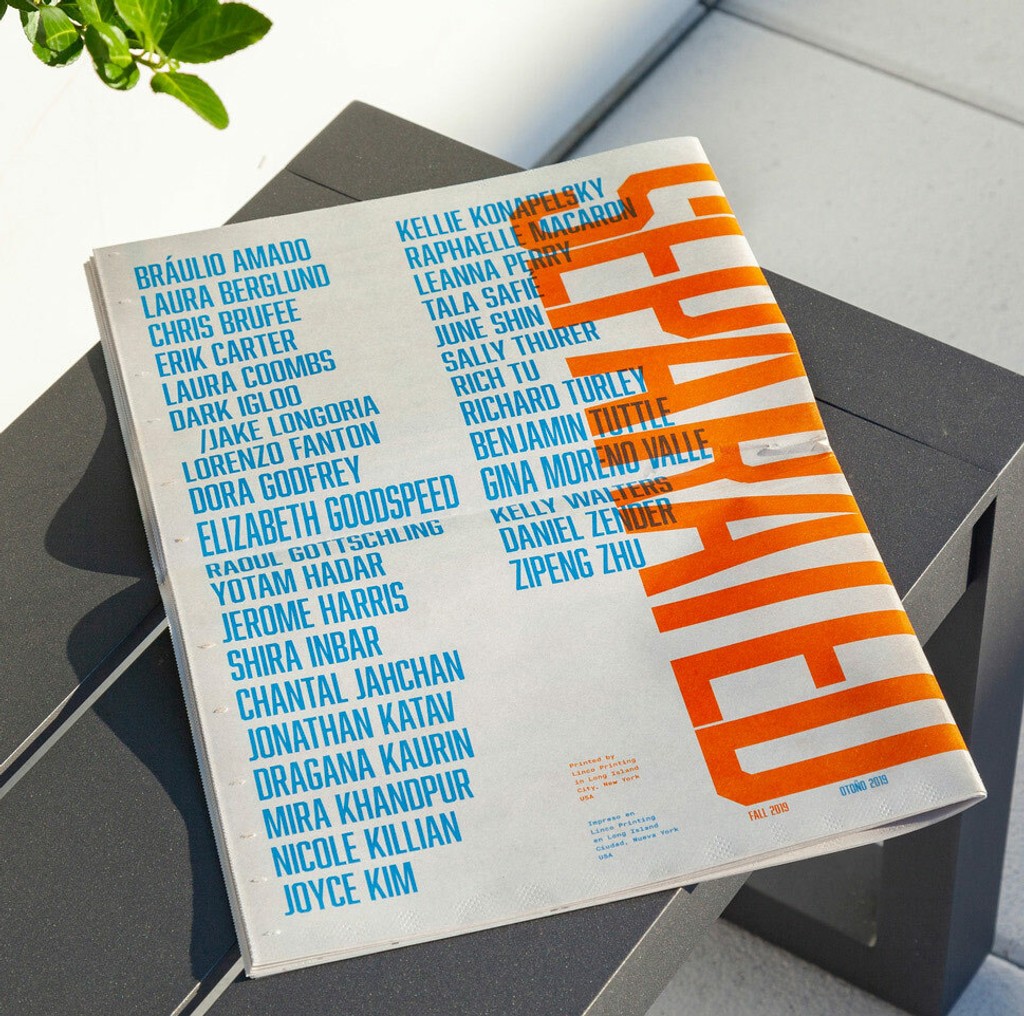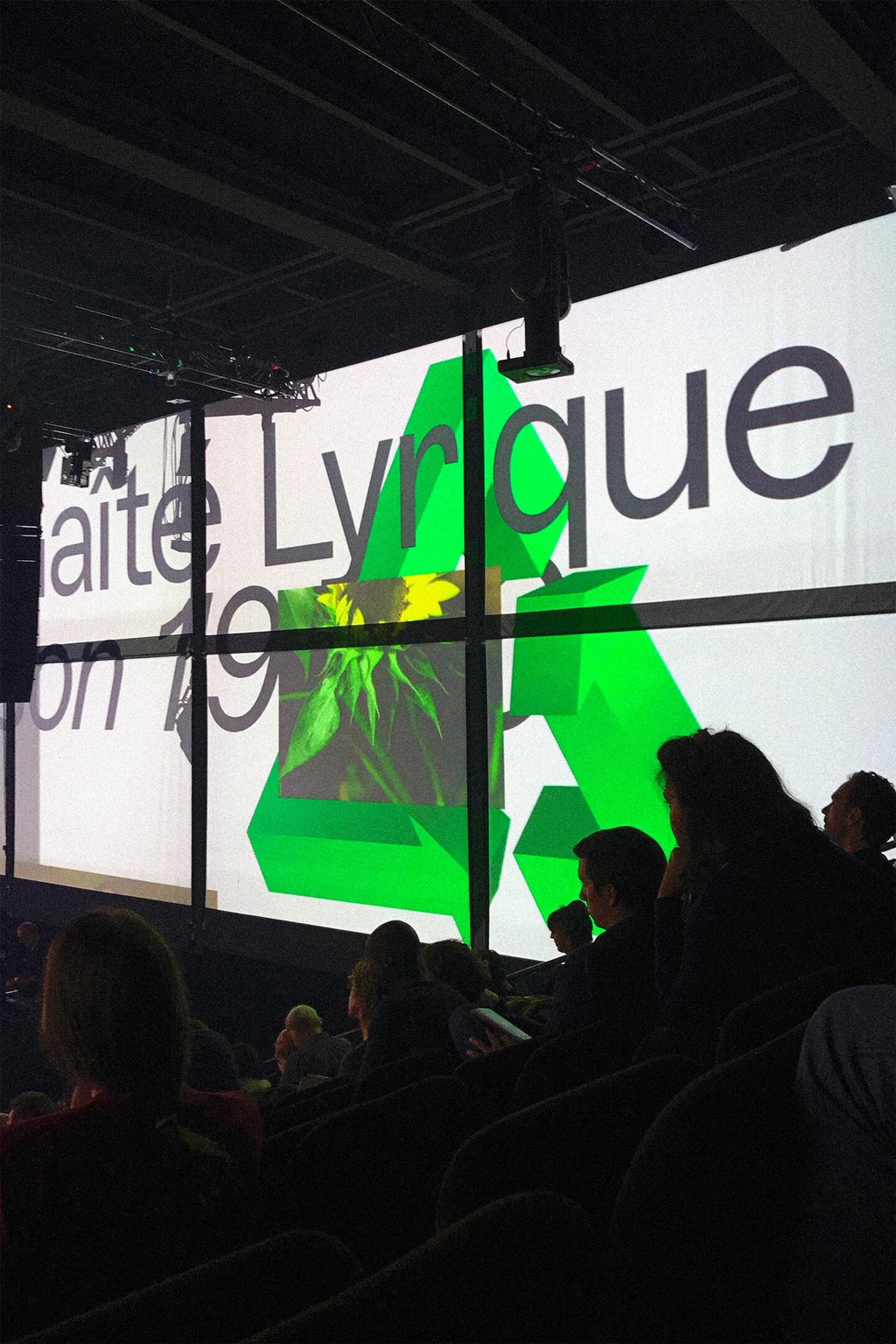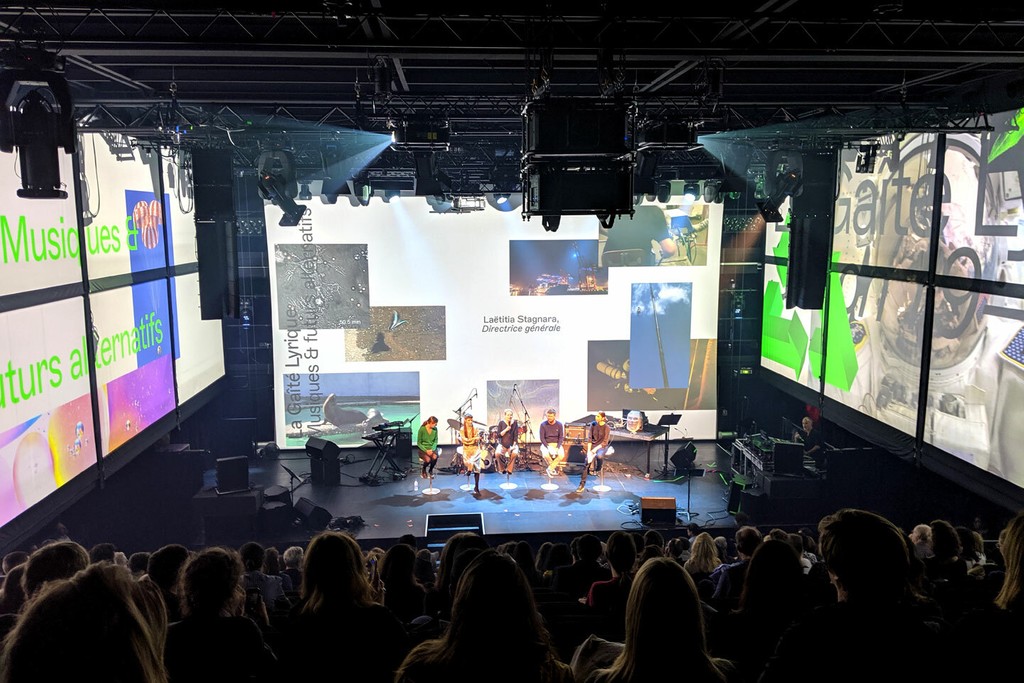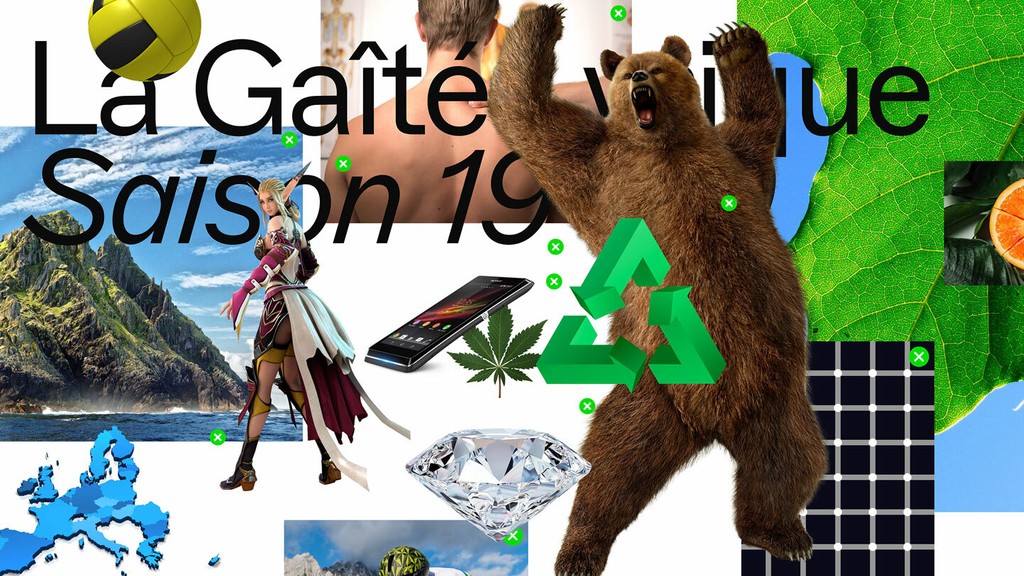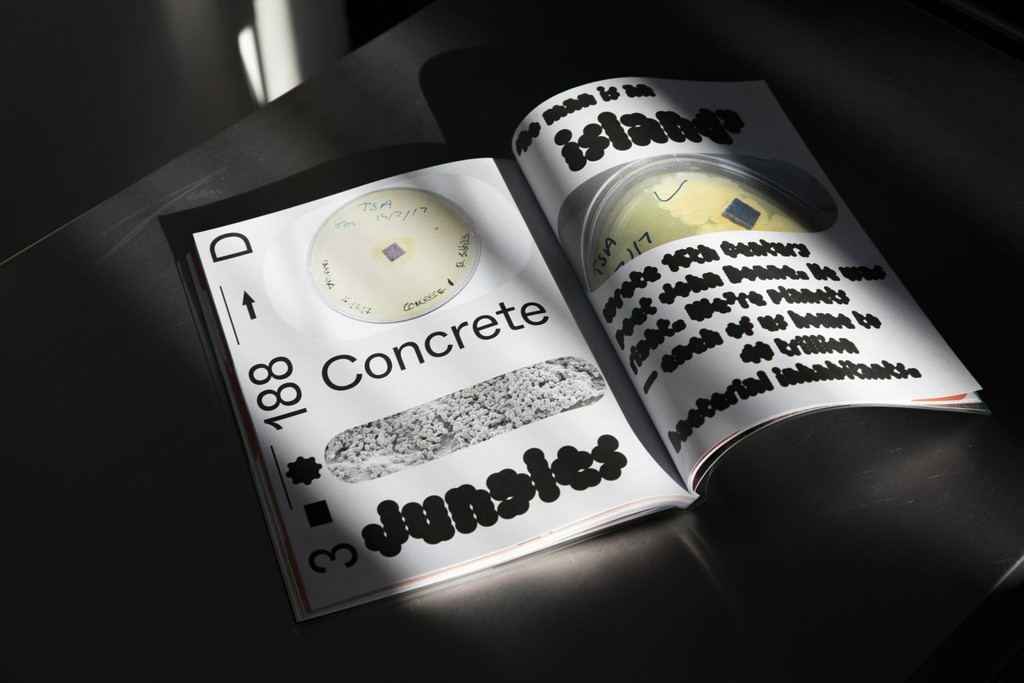Marfa
- Thin & Italic
- Light & Italic
- Regular & Italic
- Medium & Italic
- Semibold & Italic
- Bold & Italic
- Black & Italic
Marfa Semi-Mono
- Thin & Italic
- Light & Italic
- Regular & Italic
- Medium & Italic
- Semibold & Italic
- Bold & Italic
- Black & Italic
Marfa Mono
- Thin & Italic
- Light & Italic
- Regular & Italic
- Medium & Italic
- Semibold & Italic
- Bold & Italic
- Black & Italic
Marfa
Marfa
- Thin & Italic
- Light & Italic
- Regular & Italic
- Medium & Italic
- Semibold & Italic
- Bold & Italic
- Black & Italic
Marfa Semi-Mono
Marfa Semi-Mono
- Thin & Italic
- Light & Italic
- Regular & Italic
- Medium & Italic
- Semibold & Italic
- Bold & Italic
- Black & Italic
Marfa Mono
Marfa Mono
- Thin & Italic
- Light & Italic
- Regular & Italic
- Medium & Italic
- Semibold & Italic
- Bold & Italic
- Black & Italic
Features
Alternative a
Davis → Davis
Circled Numbers
0123456789
⓪①②③④⑤⑥⑦⑧⑨⑩
⓿❶❷❸❹❺❻❼❽❾❿
Small Caps
Small Caps → Small Caps
ABCDEFGHIJKLMNOPQ
RSTUVWXYZ12345689
abcdefghijklmnopq
rstuvwxyz12345689
About Marfa
About this typeface
Info
While stylistically born in the hot metal typesetting period, Marfa was designed in a high-speed era of no time to lose: Its uprights were drawn in under 1,000 hours and its hot-headed Italics in less than half of that. Initially, Marfa was a sturdy, utilitarian typeface of three modest weights known as Gothic No. 6, drawn by Fabian Harb in homage to early American gothic typefaces. It made its first appearances in projects by early adopters like Other Means, Dan Solbach, Folder Studio, Eloise Harris & Nea-Kosma, and NODE.
In the years since, we were lucky enough to get designer Seb McLauchlan from our London satellite on board, who helped us to extend the font into a full family with corresponding Italics and a Mono counterpart. The family now consists of 28 styles, and as another nod to history, Seb also included small caps and old style figures (just how printers and designers in the late 19th Century liked it). And this time, the Dinamo pig was designed by NYC’s finest OtherMeans (thanks Gary, Ryan, and Phil).
Credits
Design: Dinamo (Fabian Harb, Seb McLauchlan)
Spacing and Kerning: Igino Marini
Production: Dinamo (Robert Janes)
Supported Languages
Afrikaans, Albanian, Basque, Bemba, Bosnian, Breton, Catalan, Croatian, Czech, Danish, Dutch, English, Esperanto, Estonian, Faroese, Filipino, Finnish, French, Frisian, Friulian, Gaelic, Galician, German, Greenlandic, Hungarian, Icelandic, Indonesian, Irish, Italian, Kinyarwanda, Latin, Latvian, Lithuanian, Luxembourgish, Malay, Maltese, Montenegrin, Māori, Norwegian, Occitan, Polish, Portuguese, Romanian, Romansh, Inari Sami, Lule Sami, Northern Sami, Southern Sami, Serbian (Latin), Slovak, Slovenian, Spanish, Swahili, Swedish, Turkish, Welsh and more
Character Overview
Marfa In Use
James Fuentes Gallery, New York. Design by OtherMeans
Sqirl, Los Angeles. Design by Stephen Bogdan
D&AD Imagine Everything. Design by Studio Dumbar
Separated-Separados initiated by Shira-Inbar. Design by Raoul Gottschling
La Gaîté Lyrique. Design by Large
Plasma Magazine, by Diana Wehmeier. Design by David Benski. Photos by Nora Heinisch & Plasma
















